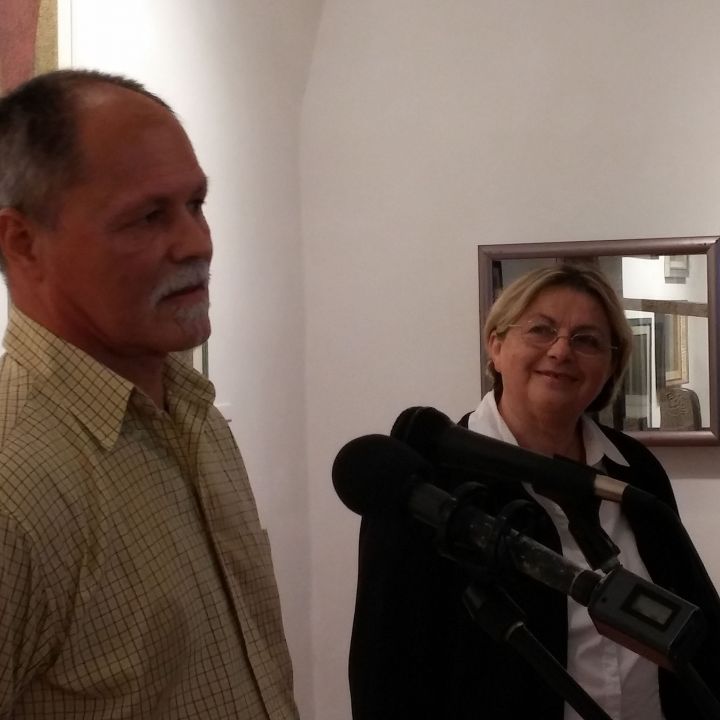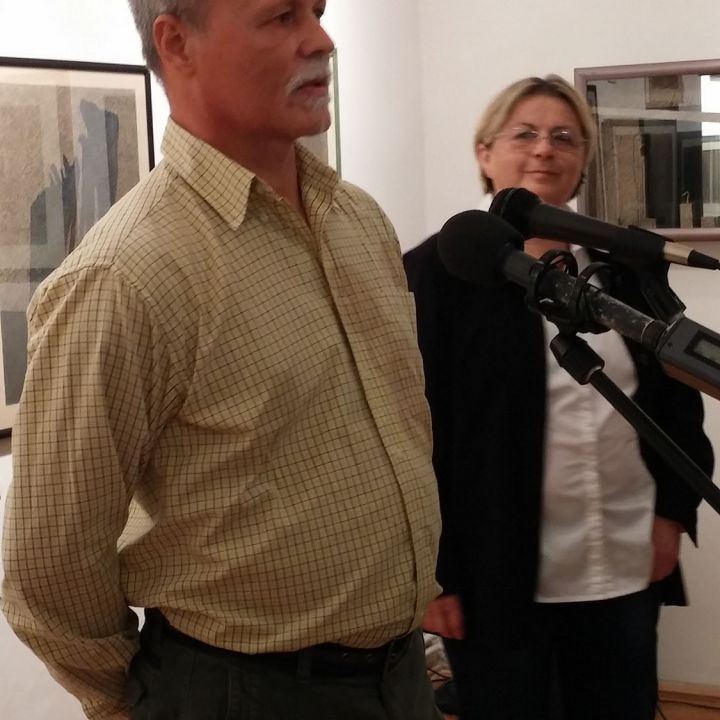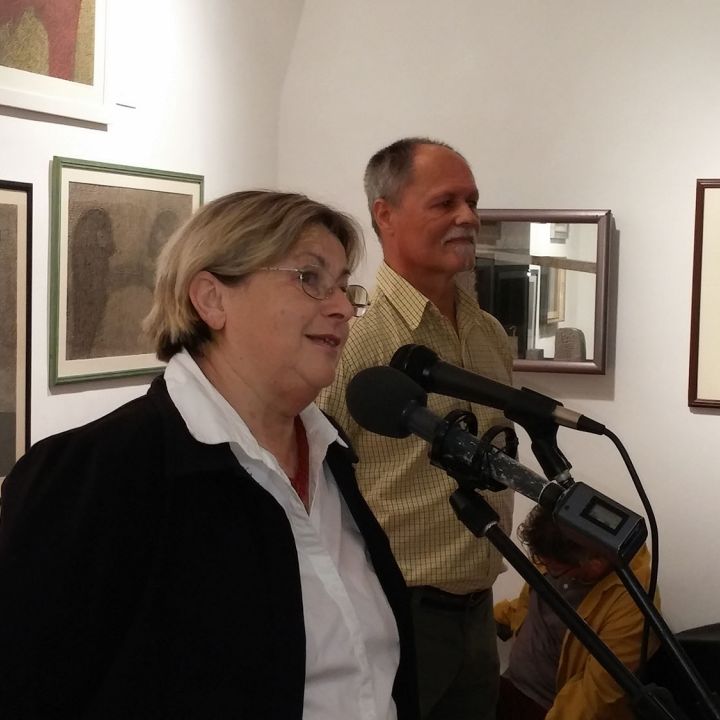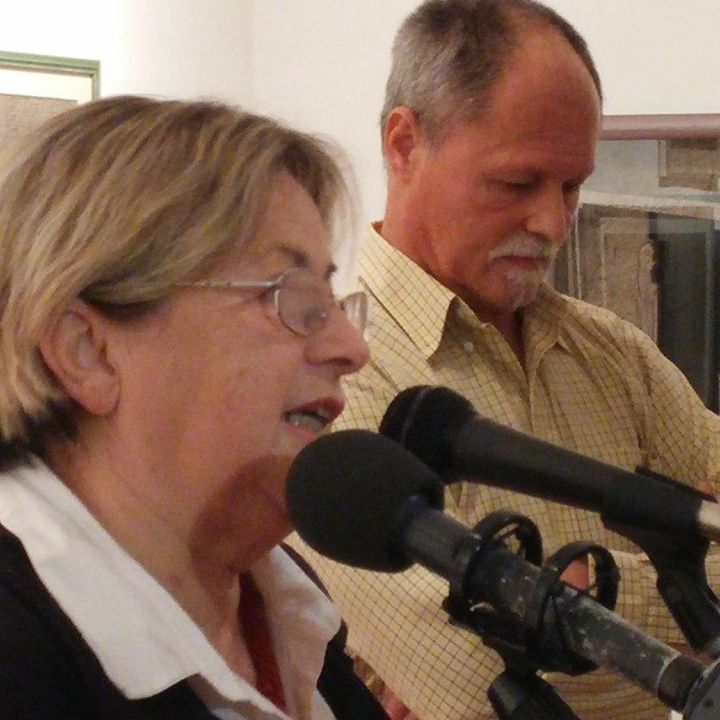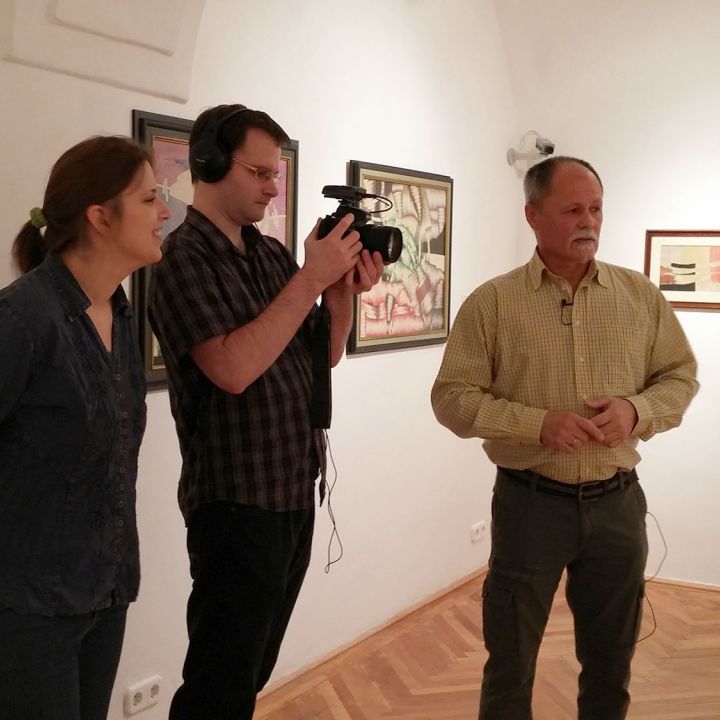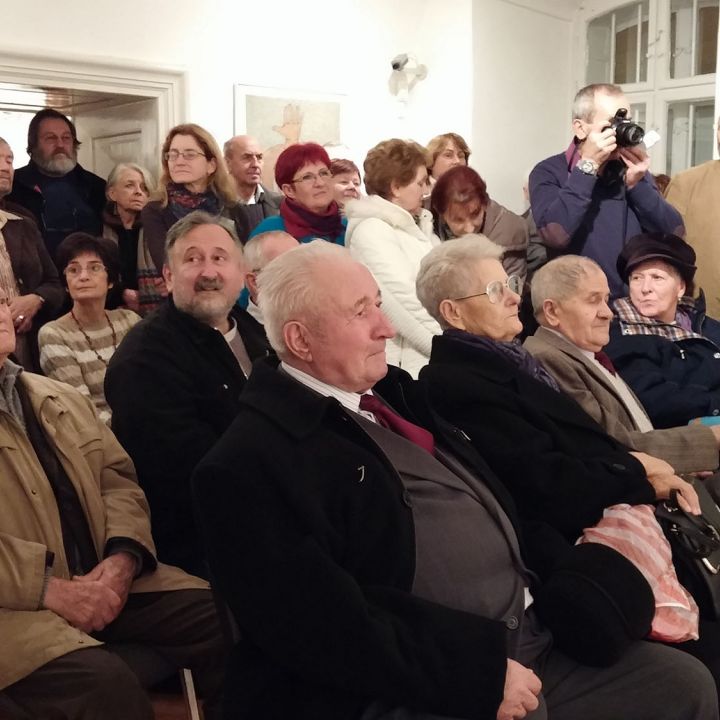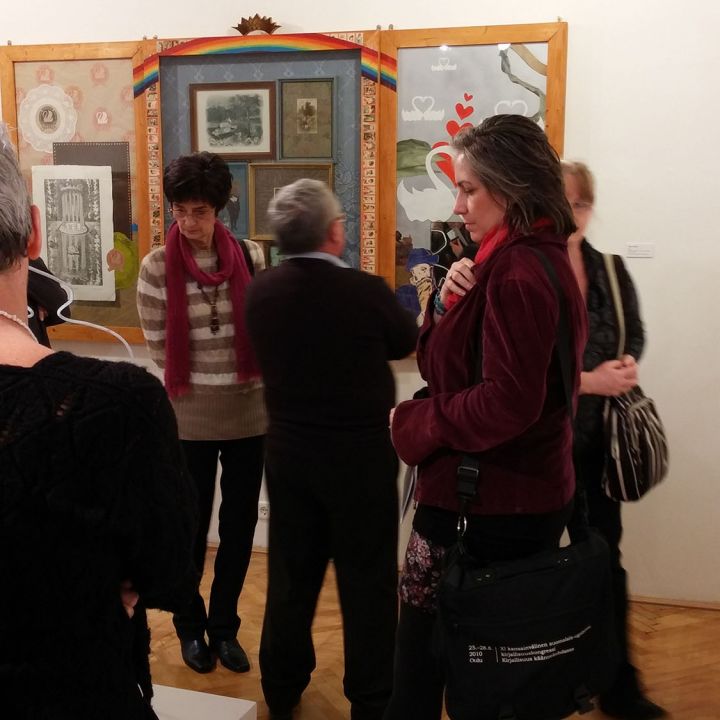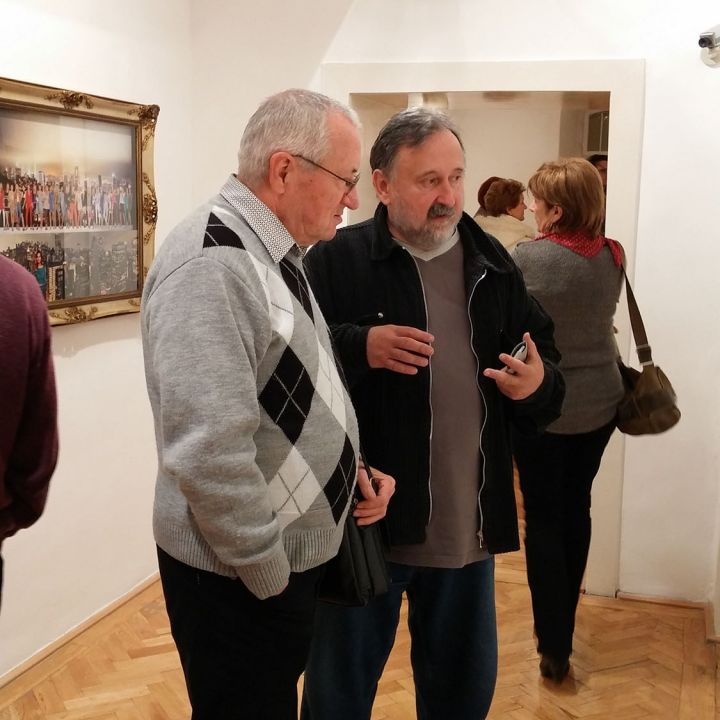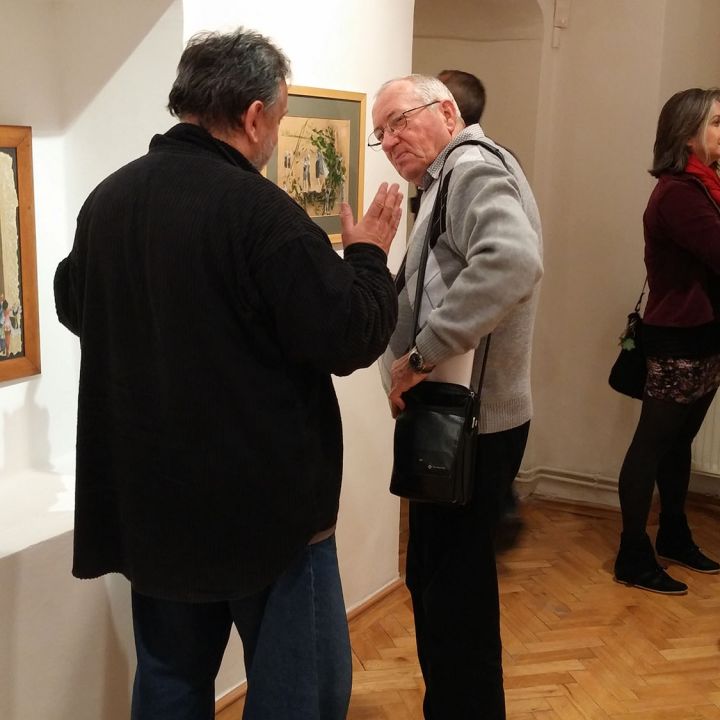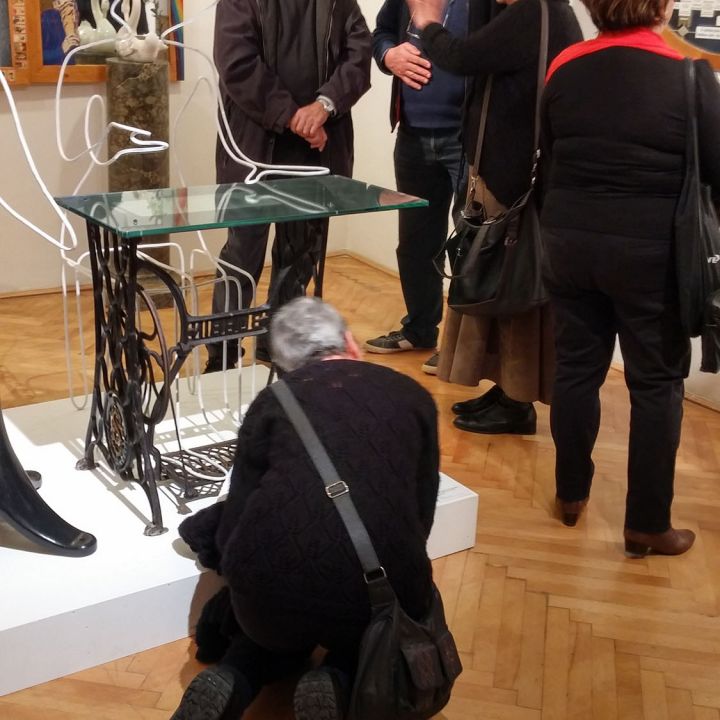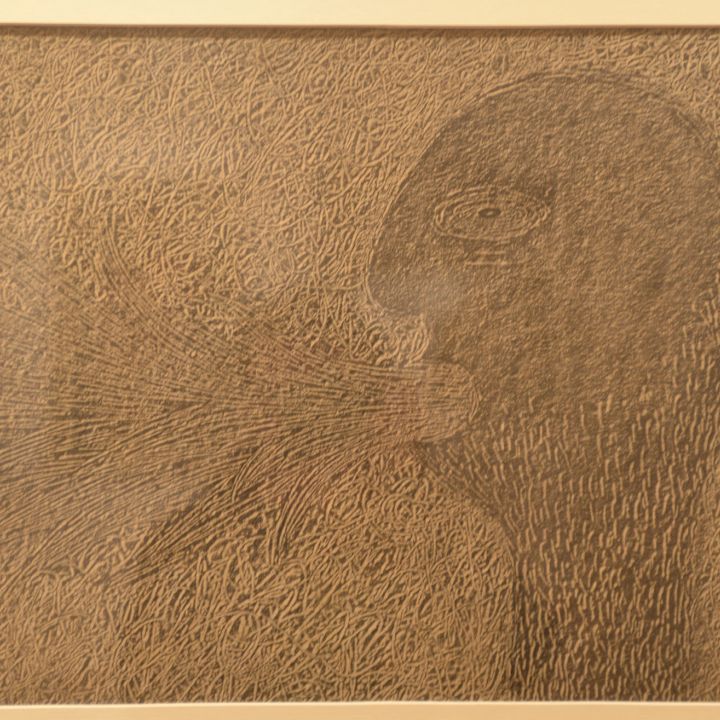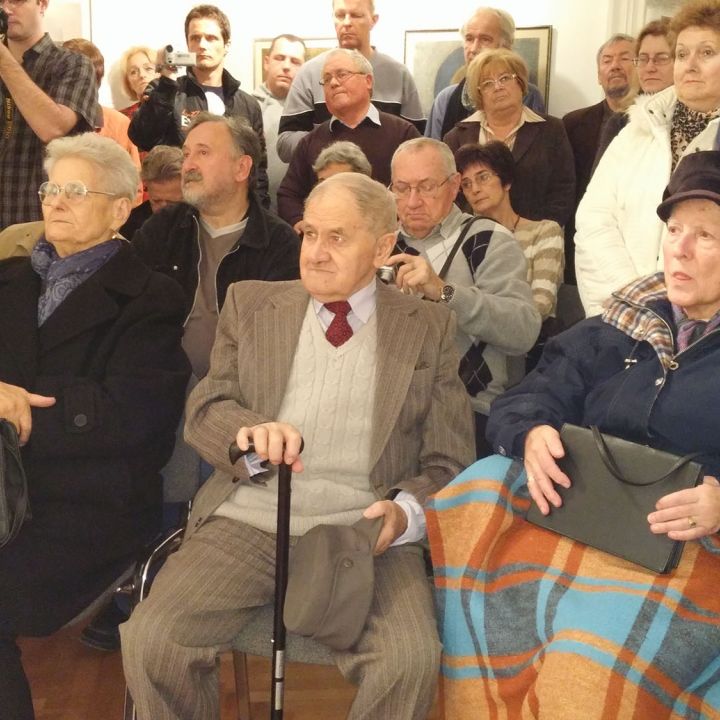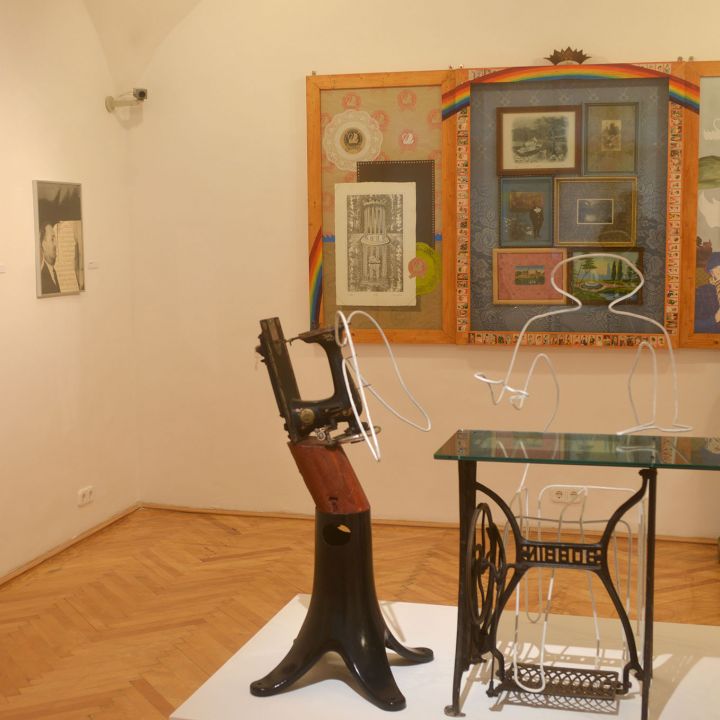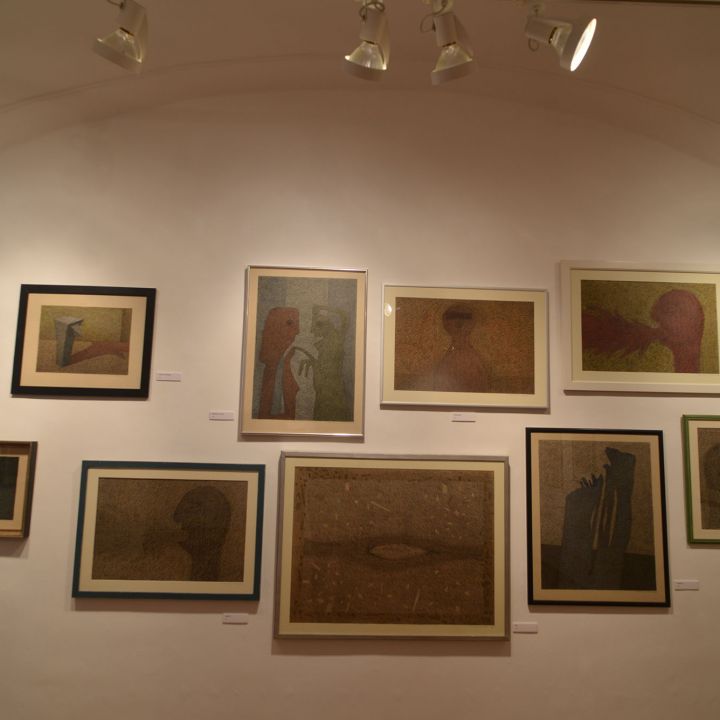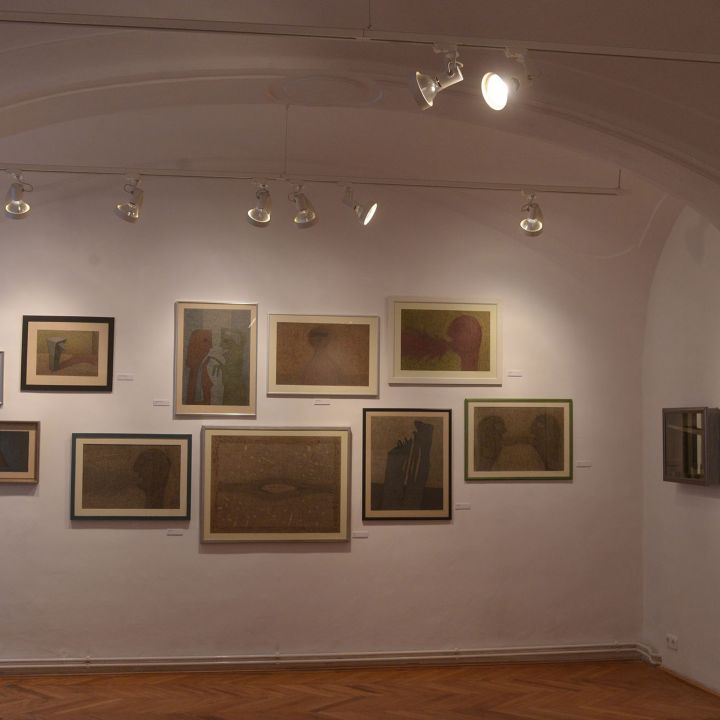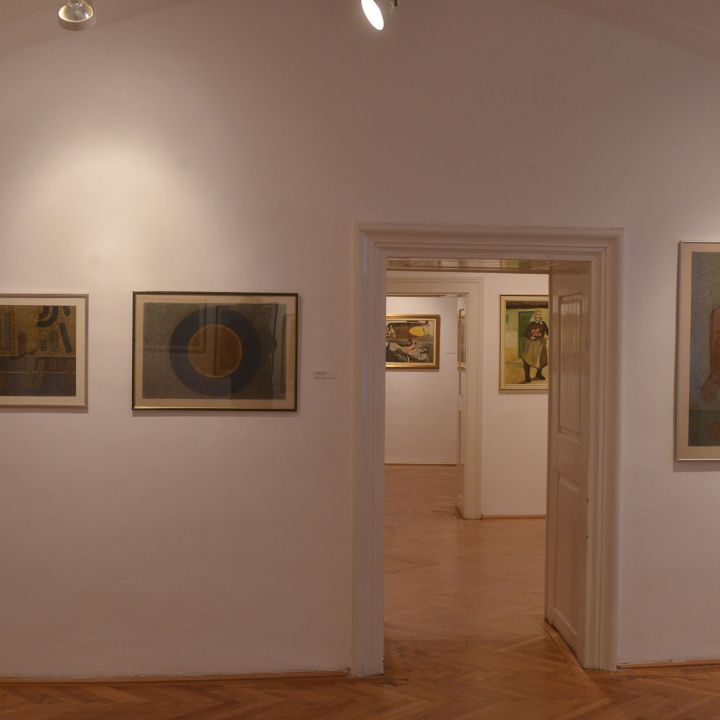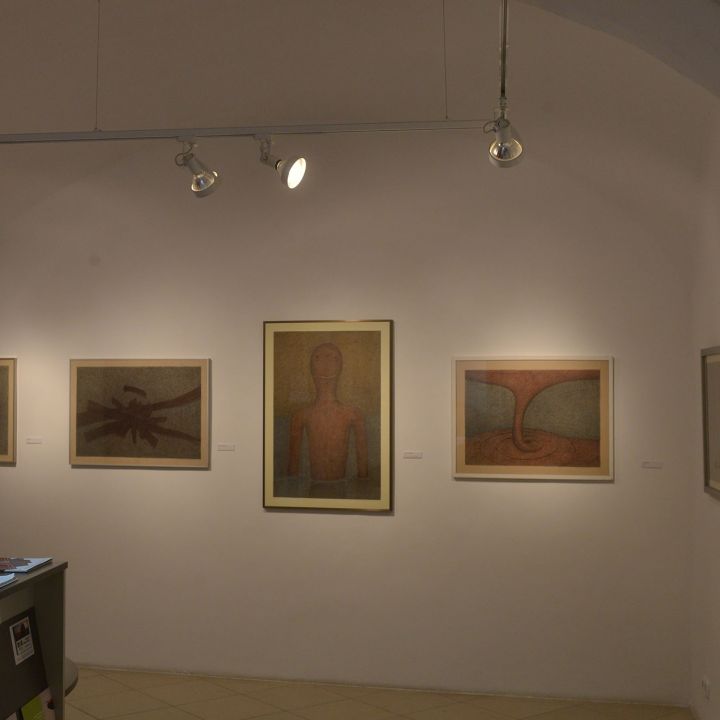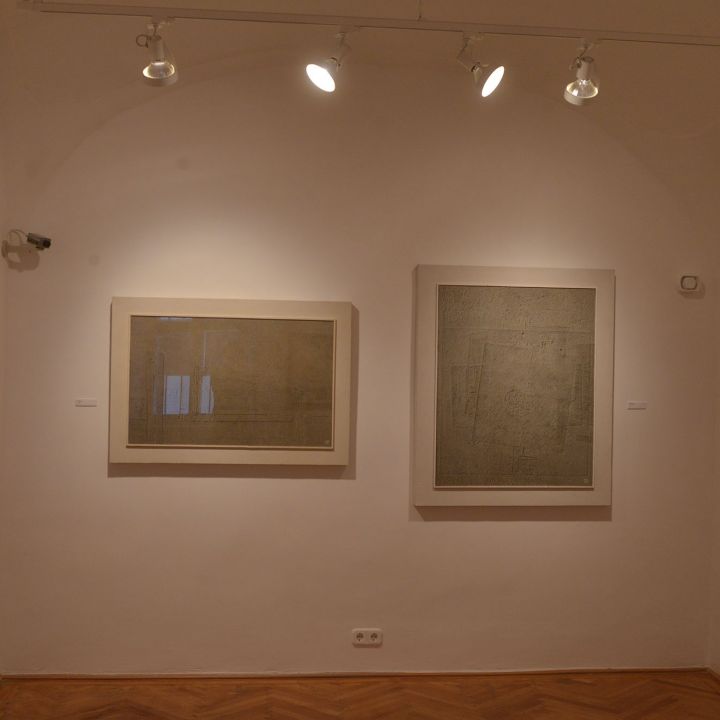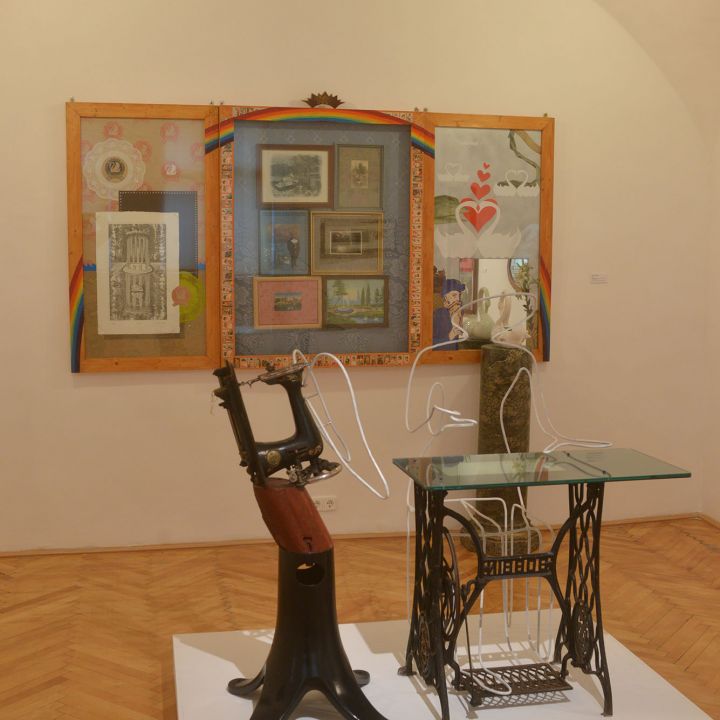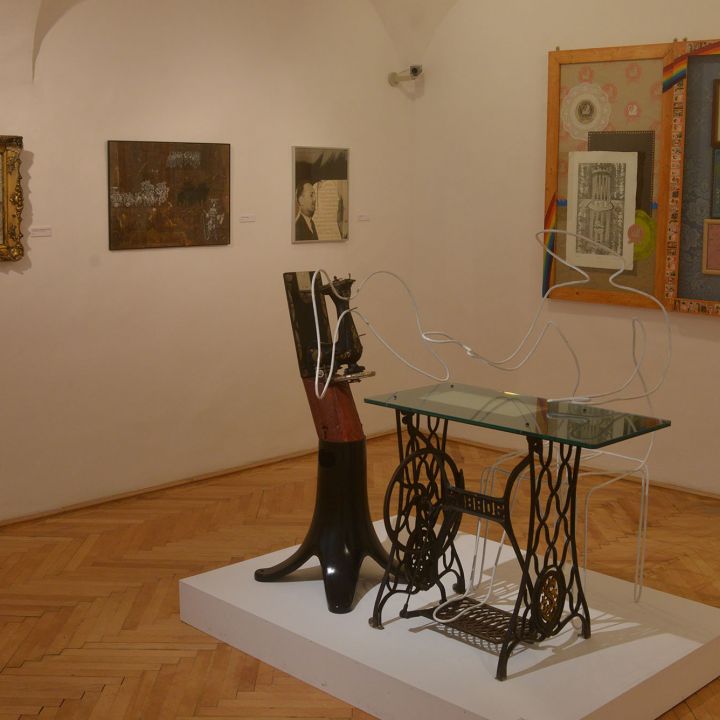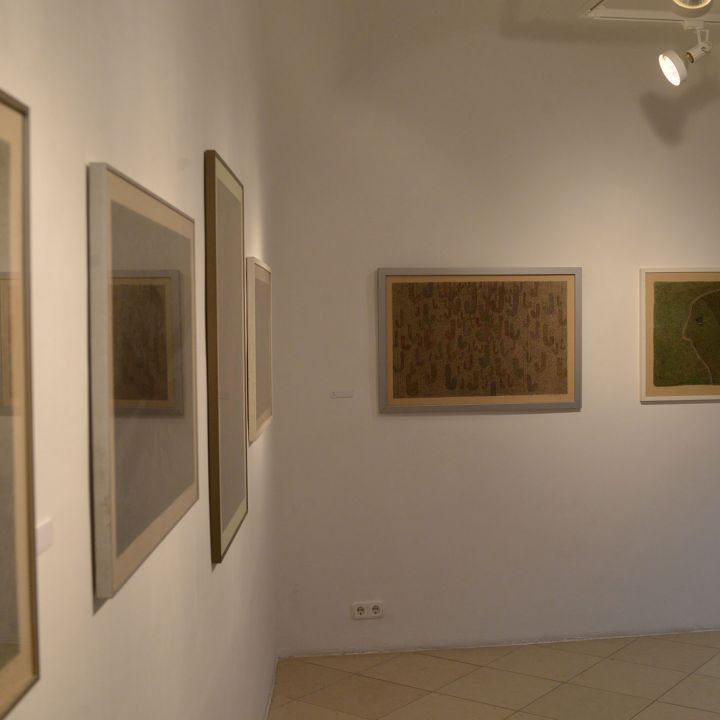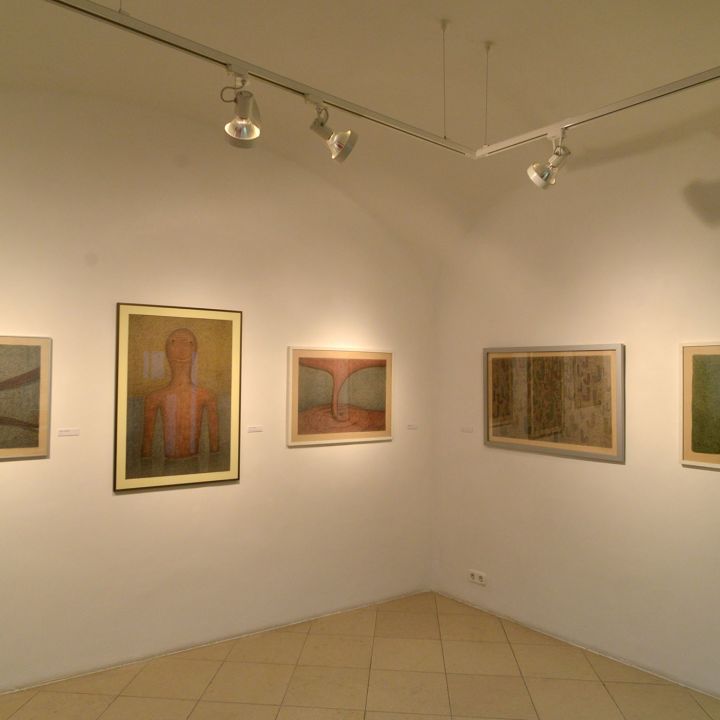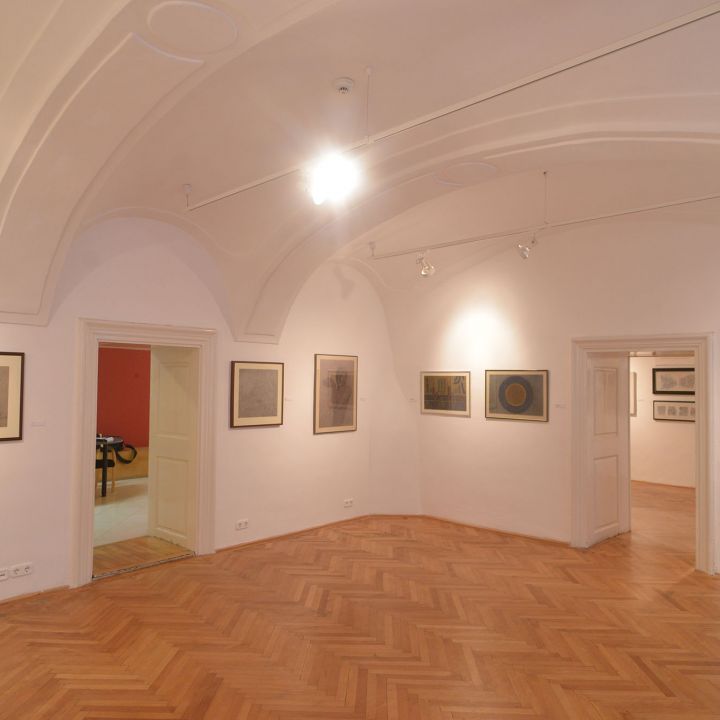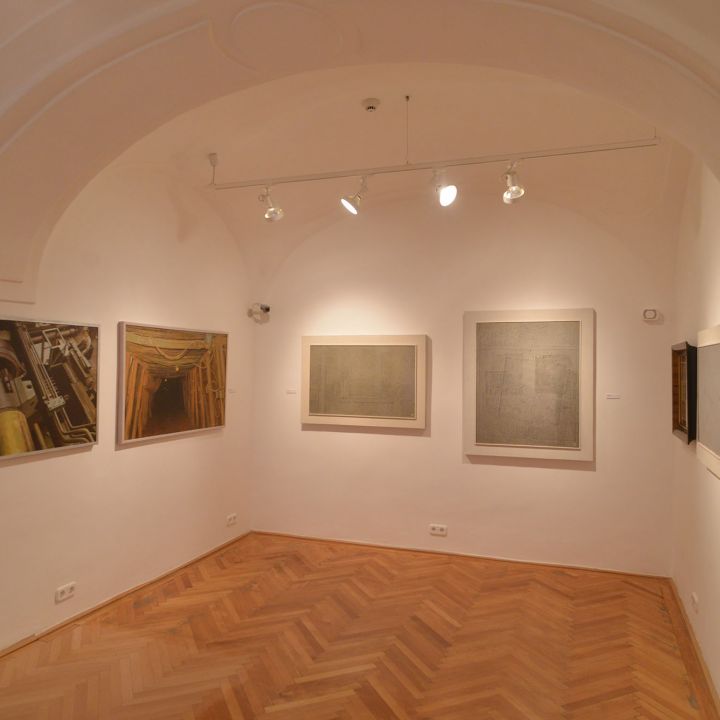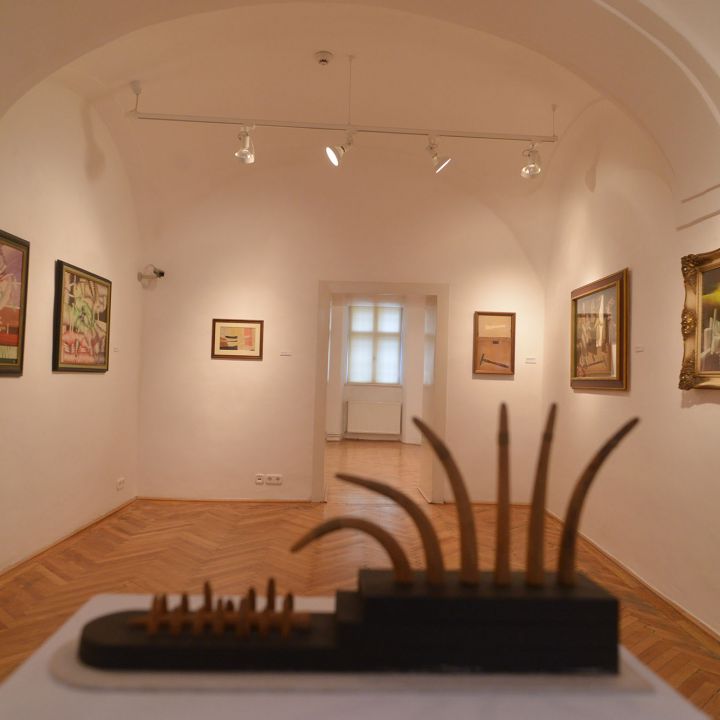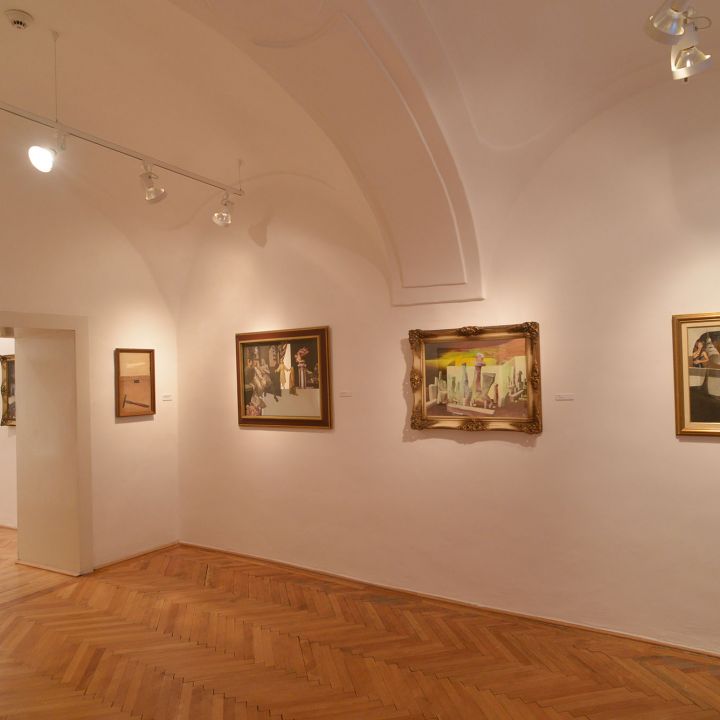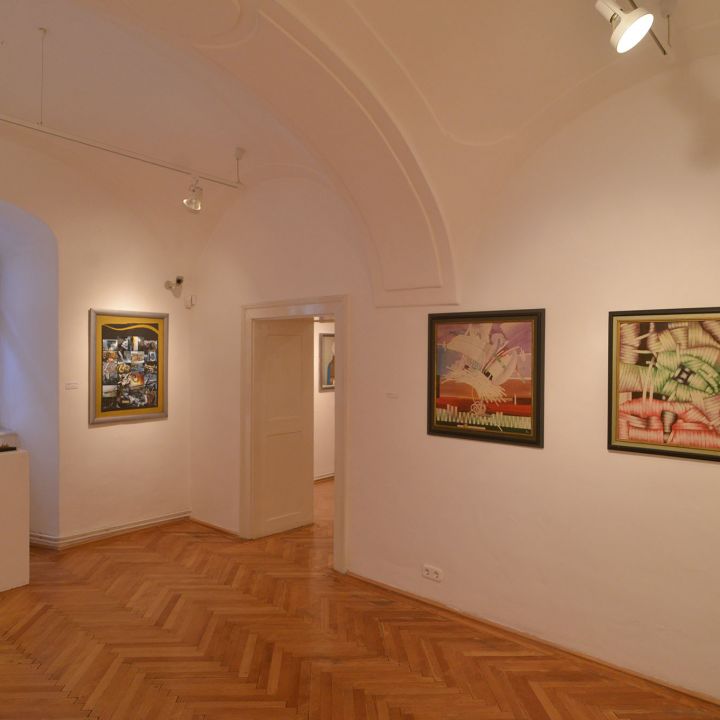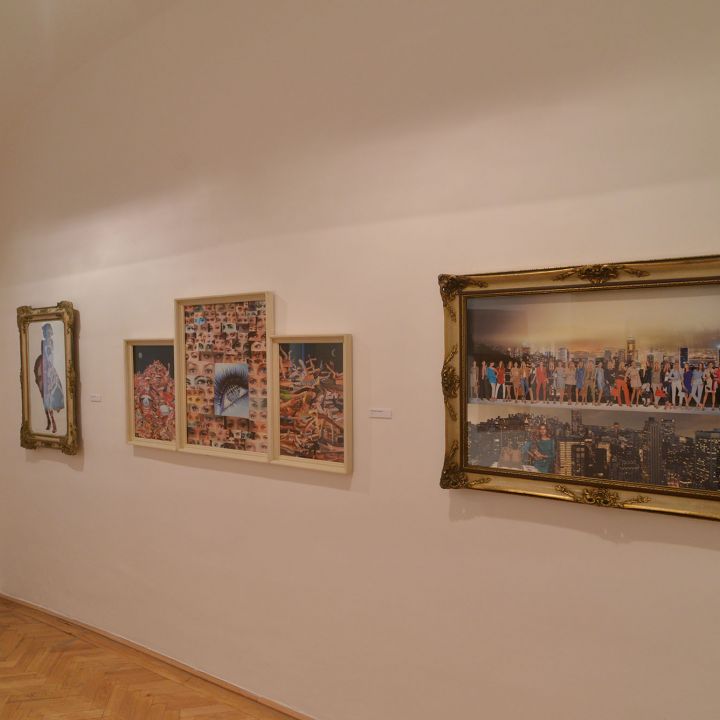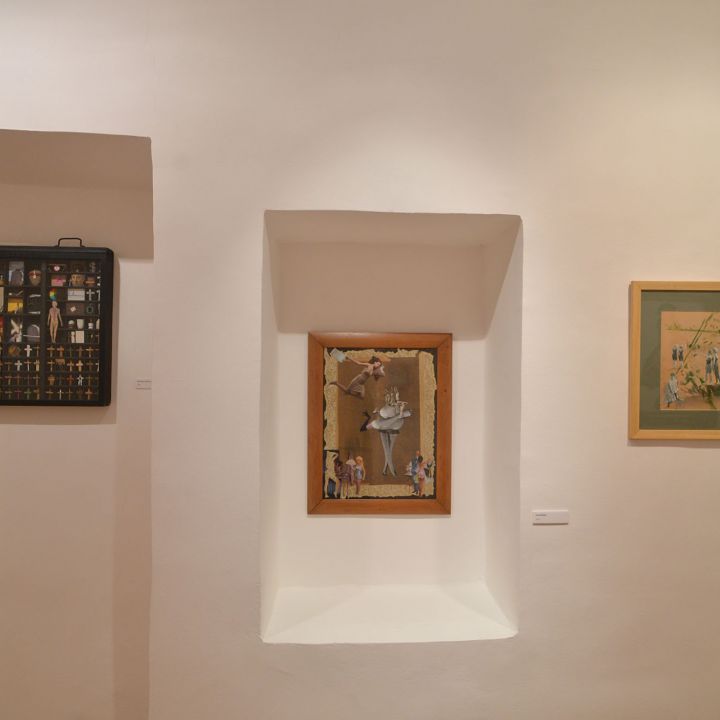The title of the exhibition refers to both the age and the number of works on display. The date next to the frottage works is revealing: for the most part we see the year 2014. We can only be delighted: with this striking ensemble the emphasis was placed on the whole oeuvre, and not just any!
The genre, collage and montage is reminiscent of the first third of the 1900s: with the advent of this era, we learned the words themselves: collage comes from the French coller = to glue, and montage, i.e. to put together. They have been in our vocabulary from around this time with the meaning of assemble, cut together in connection with films. Collage is about the material, it is about the material itself. The montage is dominated by the intellectual relationship between the creator and the viewer - the viewer is involved in the process of creation and through a few selected motifs a train of thought is set in motion within it and by associating images it transcends the immediate meaning of the motifs. Of course in a great many works the two genres are mixed - and it is not the most important thing to decide when judging the works. It's simpler in the case of frottage: you put paper on stone, wood, metal and by rubbing some kind of drawing tool (pencil, chalk, etc.) you render the image of the surface. The technique is reminiscent of a childhood game: putting paper on a piece of money and bringing the image of the coin to life by etching it. Using this tactile and visual experience helps to explore new surface images.
László T. Szabó experimented with a special solution of this technique: the plane of the picture he brought to life is not a few centimetres in size, his paintings allow our gaze to wander over a large surface (with page lengths of 30-40...80 cm), while often figurative stories appear on the works. According to Pliny, 'we owe the first and middle parts of our lives to our country (the question is how much time each "part" represents), the last part to ourselves. In the case of László T. Szabó the age is indicated in the title, but who knows what it covers? As an honest chronicler of his own life he has described his not easy wanderings around art, his studies and self-education, his often struggling to get on with his work. He also made friendships at art workshops organised around the country, deepening his craft and joining professional communities. The experience of repairing and restoring works of art, which is both an intellectual pleasure and an intense contact with materials.
"The Tapolca basalt basin has become the most realistic studio..." writes the friend, who is also a fellow artist in another genre. The narrower environment also brought László T. Szabó other, multifaceted contacts. Kinga Gyökér and Ákos Vörösváry, the founders of the First Hungarian Picture Gallery in Tapolca-Diszel, which creates a cultural forum are an inspiration to him on many levels. The pieces in their collection are sequences of the series Memories of the Golden Age. They are fragments that are random representations of engravings on uneven surfaces, trenches, tangled line grids and patches of various reliefs. Could it be that the “belonging to ourselves” phase of life in the life of László T. Szabó will be completed in these works made with large-scale frottage technique, in addition to figural traditional panel paintings, collages and montages inhabiting special surfaces, and assemblages and objects featuring groups of objects? Who knows?"
Katalin Gopcsa art historian

